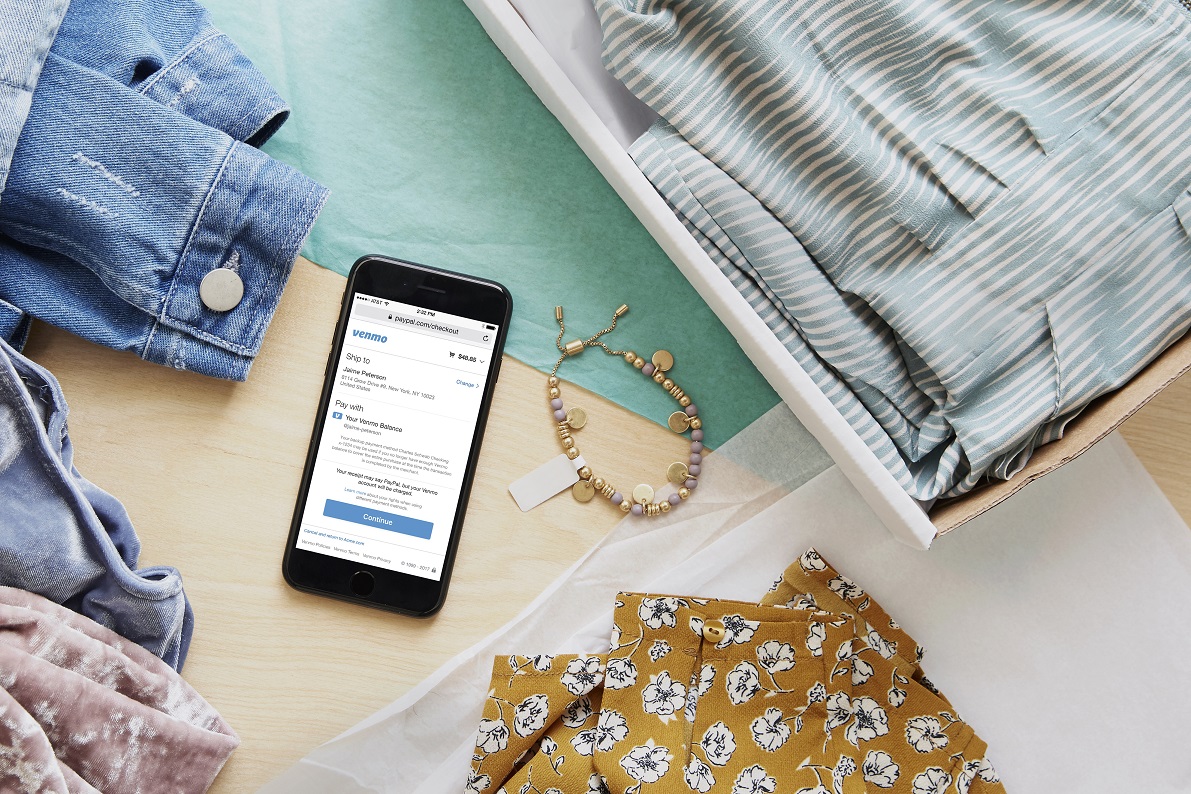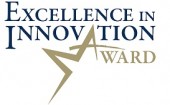
CEO Action for Diversity & Inclusion™ Launches Campus Tour To Help Students Discover Unconscious Bias and Advance Inclusion
NEW YORK, October 18, 2017 – Today, CEO Action for Diversity & Inclusion™, the largest CEO-driven business commitment to advancing diversity and inclusion within the workplace in the U.S., announced the “Check Your Blind Spots” college campus tour. Beginning with Villanova University on October 17, the first leg of the tour will visit college campuses throughout October to help raise students’ awareness of unconscious biases and empower them to take part in diversity and inclusion conversations both in their communities and with their future employers.
The “Check Your Blind Spots” campus tour will focus on bringing students, as future leaders and workers, an interactive and engaging experience about diversity and inclusion. A mobile vehicle will travel to each participating campus and students will be invited to participate in multi-media experiences focused on the issue of blind spots– including watching a video that will introduce them to the nuances of unconscious bias and taking an implicit association test that will help them identify their own potential biases. Students will also be presented with educational content including a list of what common blind spots are and actions they can take to help address them.
Having grown up more aware of diversity issues than previous generations, college students might not think they have blind spots. CEO Action for Diversity & Inclusion™ seeks to engage students in productive dialogue around unconscious bias, and inspire them to take what they learn into their daily lives – whether it is at school, at home, at an internship or in their future workplace. Research has found 92 percent of Gen Zers (currently college freshmen and sophomores) care about social issues and are concerned for the future – and more than three fourths think companies should support important social issues.
“We’re proud to be working with some of our signatory colleges and universities to bring the “Check Your Blind Spots” program to young people across the country,” said Tim Ryan, U.S. Chairman and Senior Partner of PwC and chair of the steering committee for the CEO Action for Diversity & Inclusion™. “As CEOs of major companies, we’ve seen how valuable this coalition has been in helping our employees make better and more inclusive decisions. We believe that as tomorrow’s workforce, today’s students must leave school with the right set of skills for the job. This not only includes technical skills, but also the ability to be inclusive, and to support and encourage diverse perspectives and contributions.”
CEO Action for Diversity & Inclusion™ is bringing students into a conversation they are passionate and vocal about, at a time when they are making important decisions about their career paths. Through the “Check Your Blind Spots” interactive experience, students will also have the opportunity to learn about the CEO Action for Diversity & Inclusion™ pledge and which companies, colleges and universities are committed to affecting change.
“At Villanova, we place a high value on building community among our members,” said University President Rev. Peter M. Donohue, OSA, PhD. “Community begins by reaching out to others, engaging in difficult dialogue, embracing differences and challenging preconceptions. Signing this pledge reaffirms our commitment to diversity and inclusion in all areas at Villanova.”
The first leg of the “Check Your Blind Spots” campus tour will visit the following signatory schools:
● Oct. 17th | Villanova University | Villanova, Pennsylvania
● Oct. 19th | Bentley University | Waltham, Massachusetts
● Oct. 23rd | Miami University | Oxford, Ohio
● Oct. 25th | Binghamton University | Binghamton, New York
● Oct. 27th | Pennsylvania State University | State College, Pennsylvania
To learn more about the CEO Action for Diversity & Inclusion™ or if you are interested in making your college or university a stop in the tour, contact info@CEOAction.com.
About CEO Action for Diversity & Inclusion™
CEO Action for Diversity & Inclusion™ is the largest CEO-driven business commitment to advance diversity and inclusion within the workplace. Bringing together more than 300 CEOs of America’s leading organizations and universities, the commitment outlines actions that signatories pledge to take to cultivate a workplace and culture where diverse perspectives and experiences are welcomed and respected, employees feel comfortable and encouraged to discuss diversity and inclusion, and where best known—and unsuccessful—actions can be shared across organizations. Learn more at CEOAction.com and connect with us on Facebook: CEO Action for Diversity & Inclusion and Twitter: @CEOAction.
The CEO Action for Diversity & Inclusion™ is led by a steering committee of CEOs and leaders from Accenture, BCG, Deloitte US, The Executive Leadership Council, EY, General Atlantic, KPMG, New York Life, Procter & Gamble, and PwC. The coalition represents nearly 70 industries, all 50 US States, and millions of employees globally.
Media Contact
Idalia Hill
Idalia.Hill@pwc.com
571-888-6927








